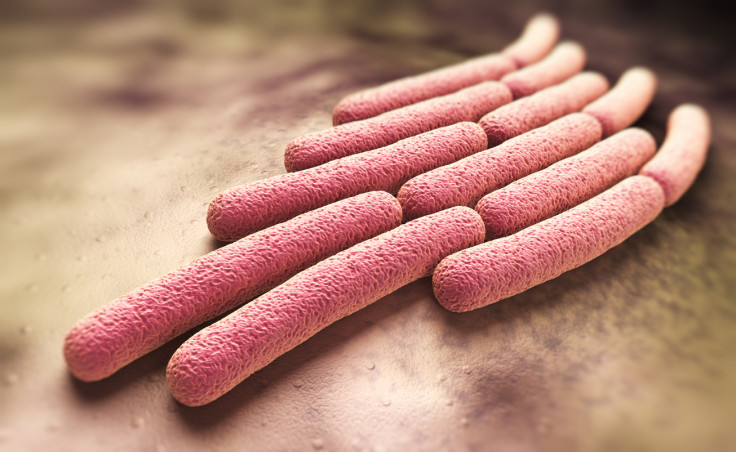What is Shigellosis? Symptoms and treatment of winter vomiting bug spreading across UK
An outbreak of a winter vomiting bug has struck down children in schools.

Children in schools across the UK have been struck by a winter vomiting bug called shigellosis, otherwise known as bacillary dysentery, which causes severe diarrhoea and vomiting.
It is more common in young children although anyone can become infected.
What are the symptoms of shigellosis?
Symptoms include severe diarrhea, in which sometimes blood is present, a fever, stomach cramps and tenesmus – the painful feeling of needing to pass stools even when the bowels are empty.
The symptoms tend to last between five to seven days. People normally make a full recovery.
Some risks are associated with the bug. Persistent diarrhea can lead to dehydration and in some cases, high fevers can lead to seizures. Shigellosis is often mistaken for food poisoning.
How is shigellosis spread?
It is spread very easily through contact with infected faeces via the mouth. Shigella germs are present in the stools of infected people while they have diarrhea and for up to two weeks after the diarrhea has gone away. Even exposure to a small amount of contaminated fecal matter can lead to infection.
Shigellosis is spread when contaminated hands touch your food or mouth, by eating food contaminated with shigella bacteria, ingesting contaminated water (for example, by swimming outdoors) or through sexual contact.
How is shigellosis treated?
Diarrhea caused by shigellosis normally clears up on its own after around a week. People with a mild version of the bug may only need rest and fluids to prevent dehydration. Anti-diarrhea medication may be taken too.
Antibiotics can be taken for severe cases of shigellosis because they can reduce the duration of symptoms, but the bug is often resistant to antibiotics.
How is shigellosis prevented?
You can prevent catching the bug by washing your hands with soap and warm water after using the toilet and regularly throughout the day, especially before preparing food. You can avoid transmission by washing the laundry of an infected person on the hottest setting.
© Copyright IBTimes 2024. All rights reserved.






